Last month Claudia and I went to Andalusia with our families to visit wineries and discover the Jerez wines. We couldn’t help but to think about the differences and similarities between the two wines and the regions they come from.
Port and Sherry are two of the most important fortified wines. Both have their alcohol content increased by adding brandy and that leads to a better aging capacity. They thrive and develop with contact with oxygen. But then the differences begin…
Port wine:
- Is produced in the Northeast of Portugal, in the Douro Valley.
- The Douro Valley is far away from the Atlantic Ocean.
- Very hot in summer and very cold in winter.
- Vineyards are on very steep and mountainous geography.
- Mainly produced with red grapes.
- The most widely used grapes for red Port wine are Touriga Franca, Tinta Roriz, Tinta Barroca, Touriga Nacional, Tinta Cão and Tinta Amarela.
- Port can be divided in 3 major categories: white, ruby and tawny.
- Port doesn’t have such a diversity of sugar levels as Sherry presents – most of the sugar levels in Port sits around 100 g/L.
- When Port ages in wooden bins, these are always full to 100%.
Sherry wine:
- Is produced in the Southwest of Spain, in the so-called sherry triangle. This is formed by the cities Jerez de la Frontera, Sanlúcar de Barrameda and El Puerto de Santa María, plus six neighbouring municipalities .
- Jerez de La Frontera is located on the coast, very close to the Atlantic Ocean.
- Very hot in summer but relatively mild in winter.
- Vineyards are on flatland.
- Only produced with white grapes.
- The main grape varieties are Palomino Fino, Pedro Ximenez and Moscatel.
- Sherry wines can be classified into three major categories¹:
- Generosos: dry wines made from Palomino grapes
- Fino – biologically aged, under a layer of flor yeast;
- Amontilado / Palo Cortado – they start as a biologically aged wine but lose their layer of flor at a certain point and continue their maturation in the oxidative way;
- Oloroso – oxidatively aged, in absence of flor.
- Dulces Naturales: naturally sweet wines almost exclusively made from Moscatel or Pedro Ximénez and named after the respective grapes. They are harvested late and often dried in the sun before being pressed.
- Generosos de Licor: blended wines, made from a base of dry wines that are sweetened by adding a naturally sweet wine or concentrated grape must. There are three sub-types: Pale Cream / Medium / Cream
- Sherry is aged in oak casks (called “botas” in the region), in the solera system.
- To give room for the “flor” to develop, the oak casks are left empty with ⅓ with air, against ⅔ of wine.
Those are obviously only some basic characteristics, but both wine regions have many more interesting things to learn and discover!
Cheers,
Oscar
—
¹ read more on https://www.sherrynotes.com/sherry-wine-types/



